Reviewed by: Y. Garcia
Orange, the French-based European carrier that operates in over 25 countries across Europe and Africa, is making some serious moves in the satellite connectivity space. The company just announced something pretty remarkable: they're partnering with Google to bring what might be Europe's first commercial satellite texting service to Pixel phones.
According to Android Central, this isn't just another incremental tech update—we're talking about a genuine leap forward in making satellite communication available to everyday smartphone users.
What makes this particularly strategic is Orange's decision to start with an exclusive focus on Google's latest hardware. The service, which launches December 11, initially works only with Pixel 9 and Pixel 10 devices. That's a calculated move that leverages Google's existing satellite infrastructure partnerships while positioning Orange as the pioneer in European satellite messaging services.
What makes Orange's "Satellite Message" service special?
Let's break down what Orange is actually offering here. Their "Satellite Message" feature enables users to send and receive text messages plus share location data when traditional cellular or Wi-Fi networks aren't available. The strategic advantage comes from leveraging proven technology rather than experimental systems.
The service runs on Skylo's non-terrestrial network technology, according to Android Central, which already powers Google's Pixel Satellite SOS feature. This existing relationship creates significant competitive advantages: reduced implementation risk, accelerated deployment timelines, and seamless ecosystem integration that competitors will struggle to match quickly.
The coverage footprint reveals Orange's ambitious scope. Rather than limiting service to their home territory in France, they're delivering functionality across mainland France plus 36 additional countries, including major markets like Germany, Belgium, Switzerland, the United States, and Canada, as reported by 9to5Google. This international reach positions Orange ahead of regional competitors still focused on domestic coverage.
Orange's positioning of this as a "temporary exclusive" for Pixel 9 and 10 users signals broader market strategy, according to Android Central. They're establishing market leadership while building toward device ecosystem expansion—an approach that balances immediate differentiation with long-term scalability.
The technology behind the magic
Here's where Orange's strategic positioning becomes clear from a competitive standpoint. The service utilizes Direct to Device technology, allowing smartphones to communicate directly with satellites without additional hardware. This seamless integration creates a natural user experience while establishing significant barriers to entry for competitors lacking similar partnerships.
Users connect through a dedicated SMS interface, with satellites handling message routing through Orange's core mobile network, according to The Fast Mode. This infrastructure integration demonstrates Orange's ability to blend satellite capabilities with existing network assets—a competitive advantage that pure satellite providers or smaller carriers cannot easily replicate.
Orange's partnership with Skylo operates strategically like a mobile virtual network operator for satellite connectivity. Rather than the massive capital investment of building their own satellite constellation, Orange accesses existing satellite infrastructure, as explained by 24 Matins. This approach enables rapid service deployment while maintaining cost efficiency—crucial advantages in the competitive European telecom market.
The target applications extend well beyond basic messaging: outdoor recreation, emergency services, remote area coverage, logistics operations, and tourism sectors, according to The Fast Mode. Orange is positioning satellite connectivity as essential infrastructure rather than a niche emergency service, fundamentally expanding the addressable market.
Pricing and availability details
Orange's pricing strategy reveals sophisticated market positioning. The six-month free trial followed by €5 monthly pricing creates low barriers to adoption while establishing recurring revenue streams, according to 9to5Google. This approach encourages trial usage during the critical early adoption phase while positioning satellite connectivity as a premium service worth ongoing investment.
The service requirements—Orange 5G or 5G Plus subscription plus Pixel 9 or 10 device—demonstrate strategic customer segmentation, as noted by 9to5Google. Orange is targeting their most valuable subscribers with cutting-edge devices, ensuring satellite messaging enhances rather than cannibalizes existing service tiers.
The rollout timeline shows careful market strategy: consumer launch December 11, 2025, with business and enterprise access following in 2026, according to Android Central. This sequence allows Orange to optimize service delivery with consumer feedback before addressing enterprise customers who demand higher reliability standards.
Orange's achievement as Europe's first operator offering satellite SMS via Direct to Device technology, as reported by The Fast Mode, establishes significant competitive moats. First-mover advantages in emerging technology markets often create lasting market position benefits that late entrants struggle to overcome.
What this means for the future of connectivity
This Orange-Google partnership signals the emergence of hybrid network architectures that will fundamentally reshape the telecommunications industry structure. We're witnessing early stages of satellite-terrestrial convergence that will likely define the next decade of connectivity innovation.
Orange CEO Jérôme Hénique's emphasis on addressing "critical connectivity needs" and "meaningful innovation for service continuity" reveals strategic thinking beyond feature addition, according to Android Central. This positions Orange for the inevitable shift toward ubiquitous connectivity expectations across all geographic locations.
Google's existing utilization of Skylo technology for Pixel Satellite SOS and Pixel Watch emergency services, as noted by Android Central, demonstrates ecosystem consolidation trends. The technology industry is moving toward integrated satellite-terrestrial platforms rather than separate, competing systems—and Orange is positioning itself within the dominant ecosystem.
The global expansion of similar partnerships, including Verizon's comparable satellite messaging services, according to Android Central, confirms this represents industry transformation rather than isolated innovation. Market standardization around hybrid connectivity models will accelerate as consumer expectations shift toward seamless coverage regardless of location.
Bottom line: Orange's launch with Google establishes satellite connectivity as a mainstream telecommunication capability rather than an emergency-only service. For European consumers who regularly encounter coverage limitations—whether for business, recreation, or travel—hybrid satellite-terrestrial connectivity is transitioning from a luxury feature to an essential service expectation. Orange's strategic positioning suggests they understand this market evolution and are building competitive advantages for the post-terrestrial-only connectivity era.





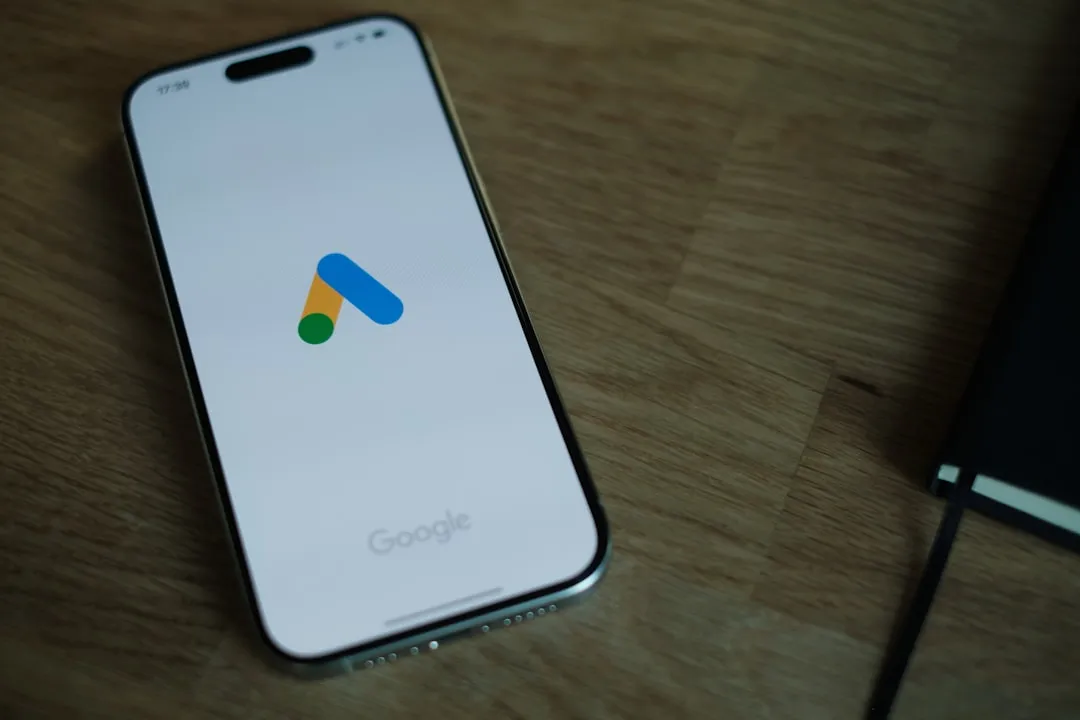

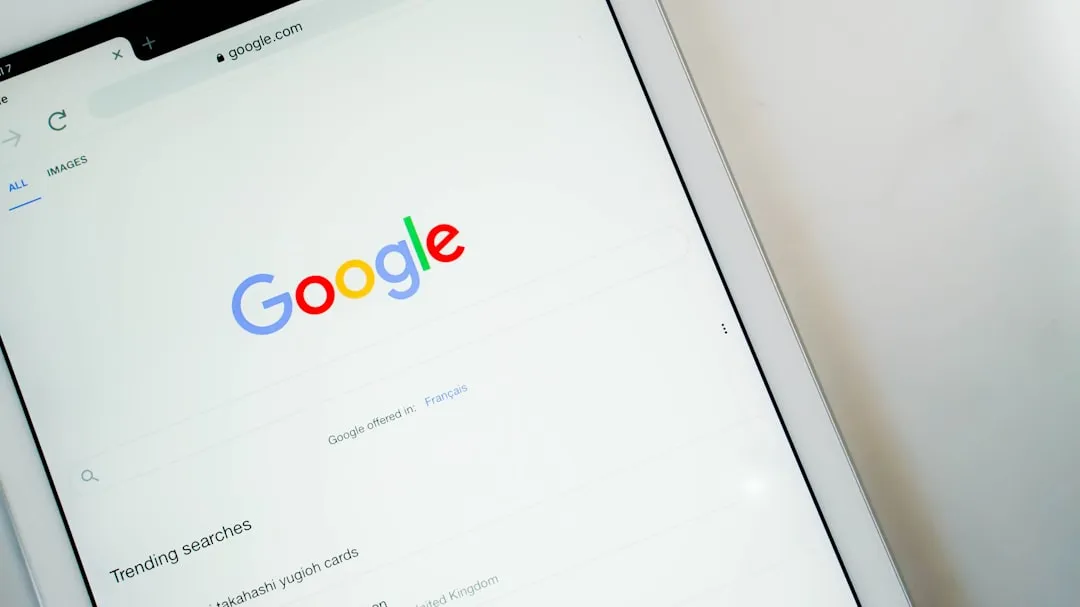


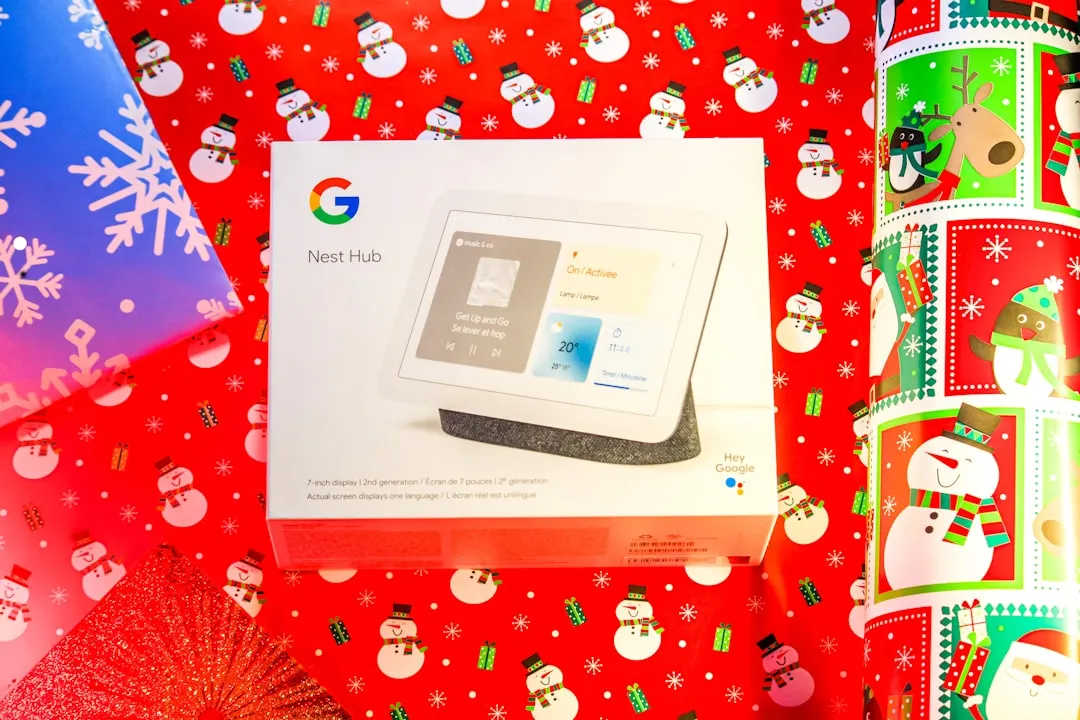
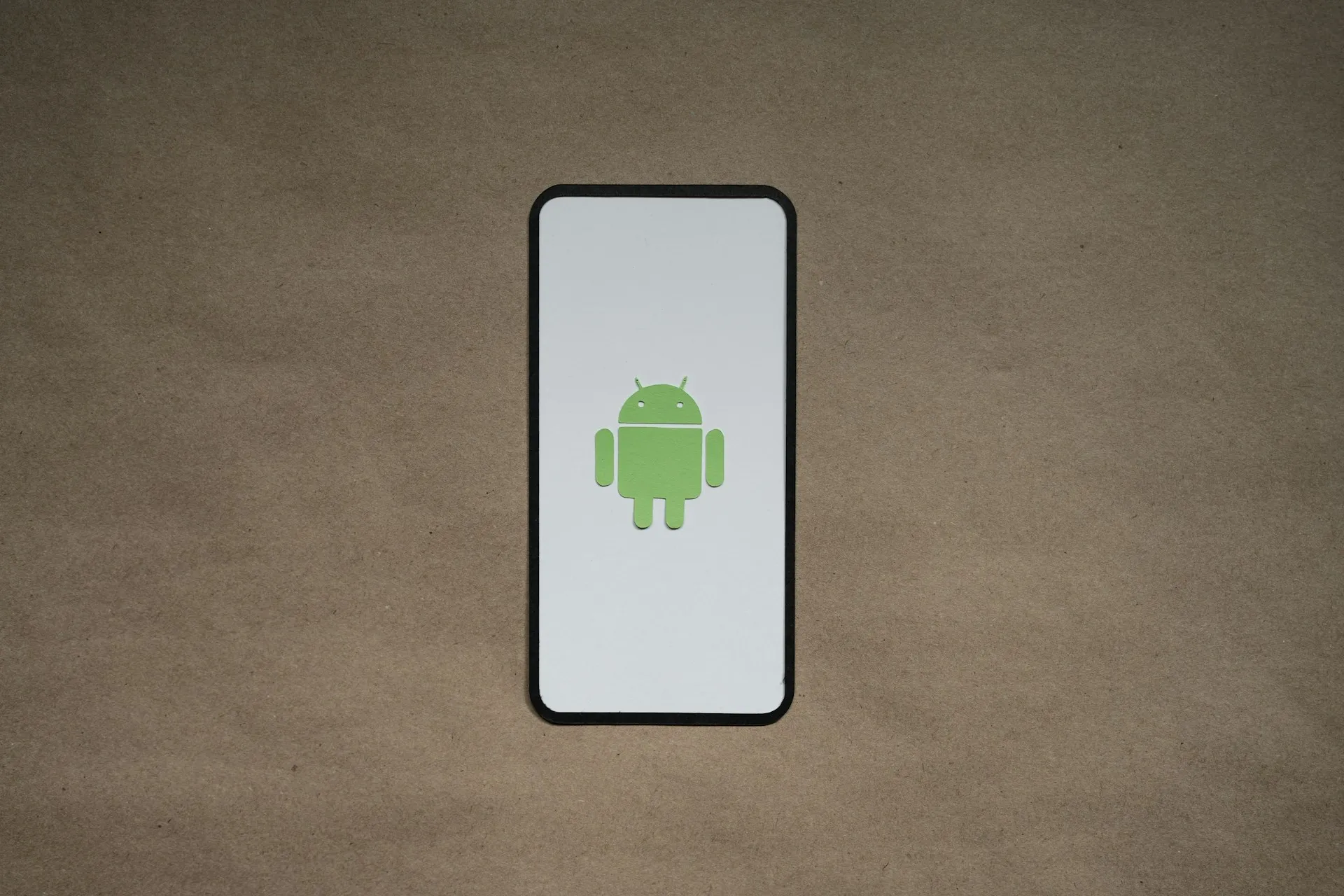

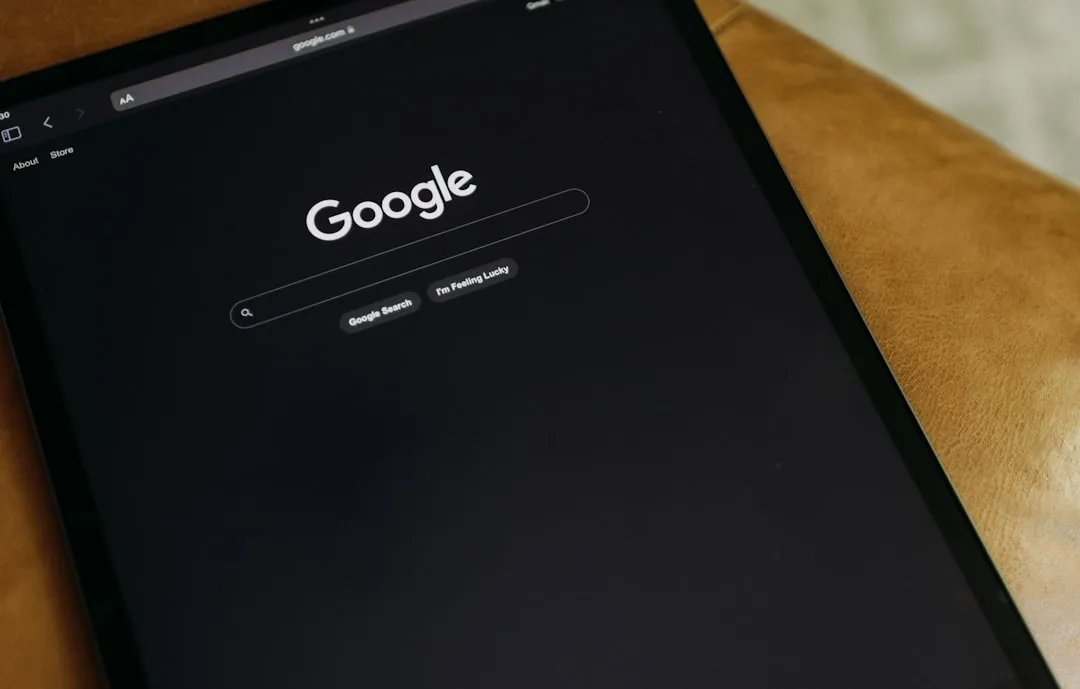
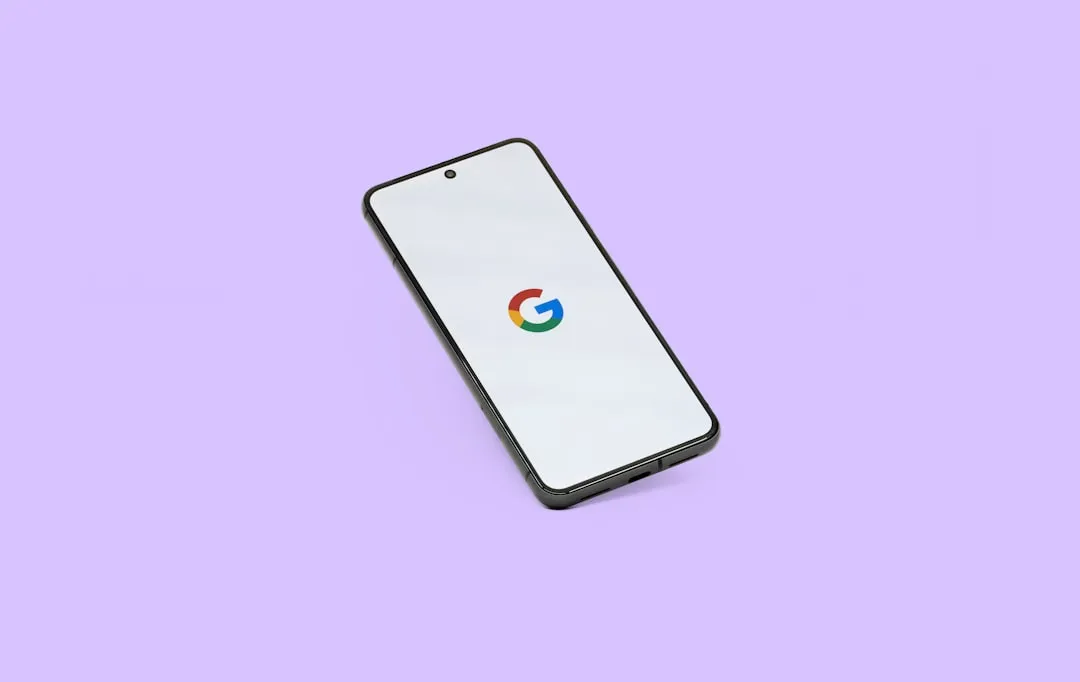


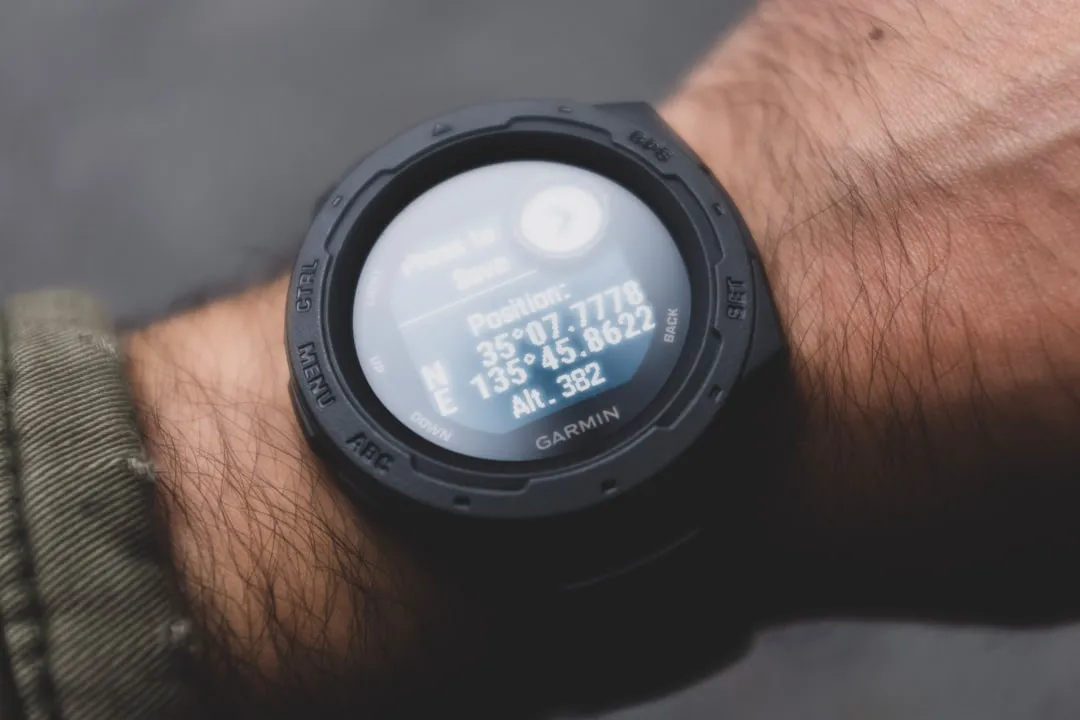

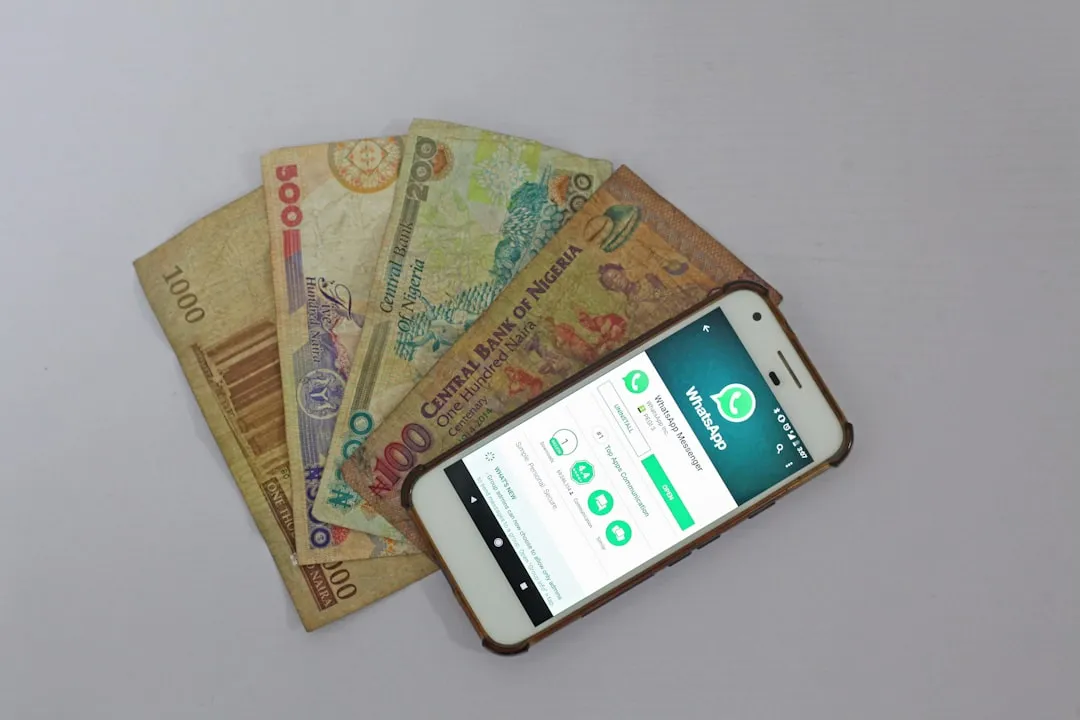
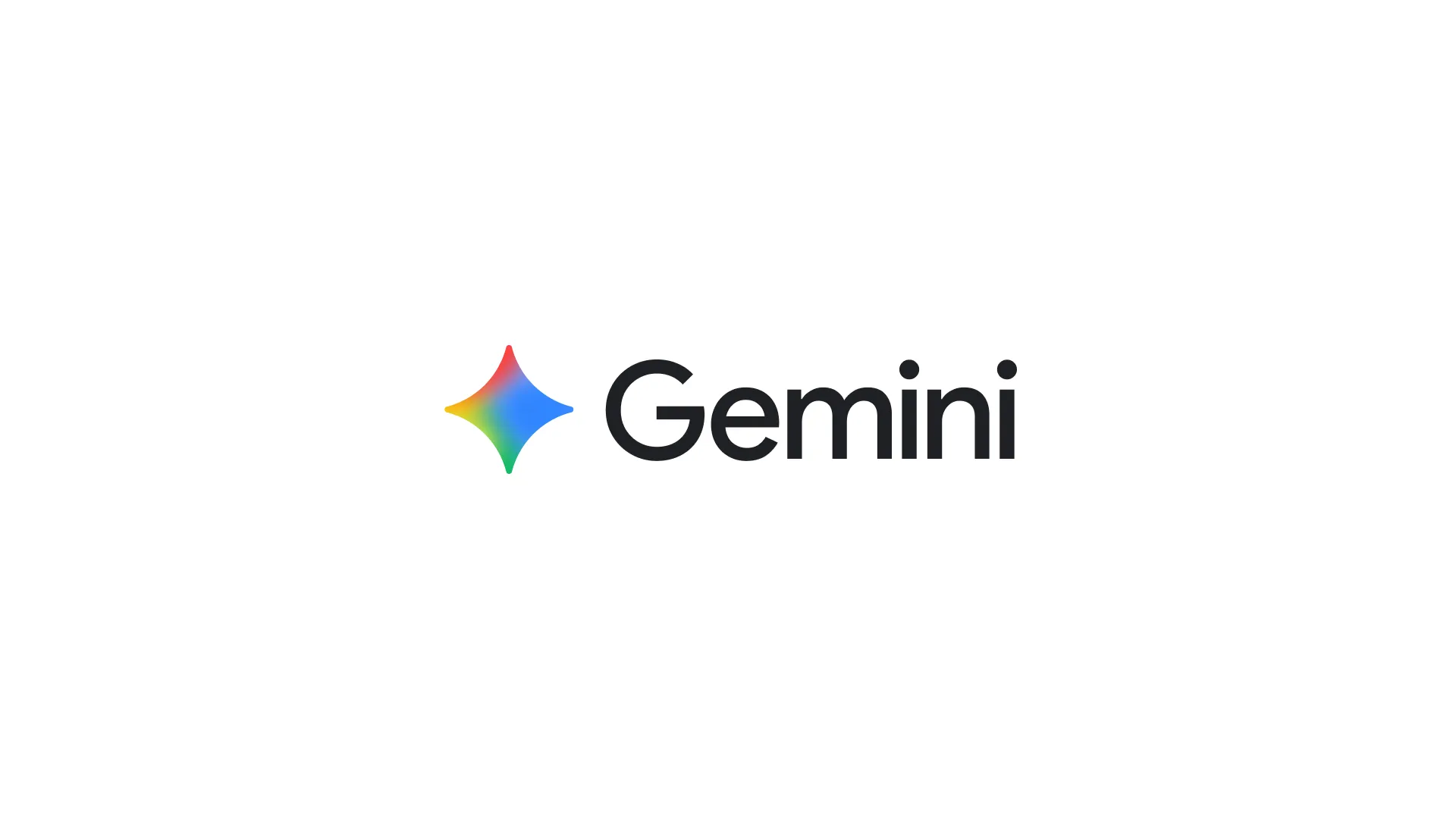

Comments
Be the first, drop a comment!